The Archivists’ Guide to Film is a blog series in which staff at The National Archives write about favourite films that have a connection to documents held at The National Archives. These films cover a wide range of topics and historical periods, from the Second World War to key moments in social history.
So settle down with your snack of choice and get ready to brush up on your film and history trivia knowledge. You’ll be ready when the pub quiz makes its return…
The second film in our series is ‘The Imitation Game’ (2014) directed by Morten Tyldum, based on the life of British mathematician and computer pioneer, Alan Turing. It concerns specifically his time at Bletchley Park, when he cracked the code behind the Nazis’ infamous Enigma machine, which was used to send coded messages during the Second World War.
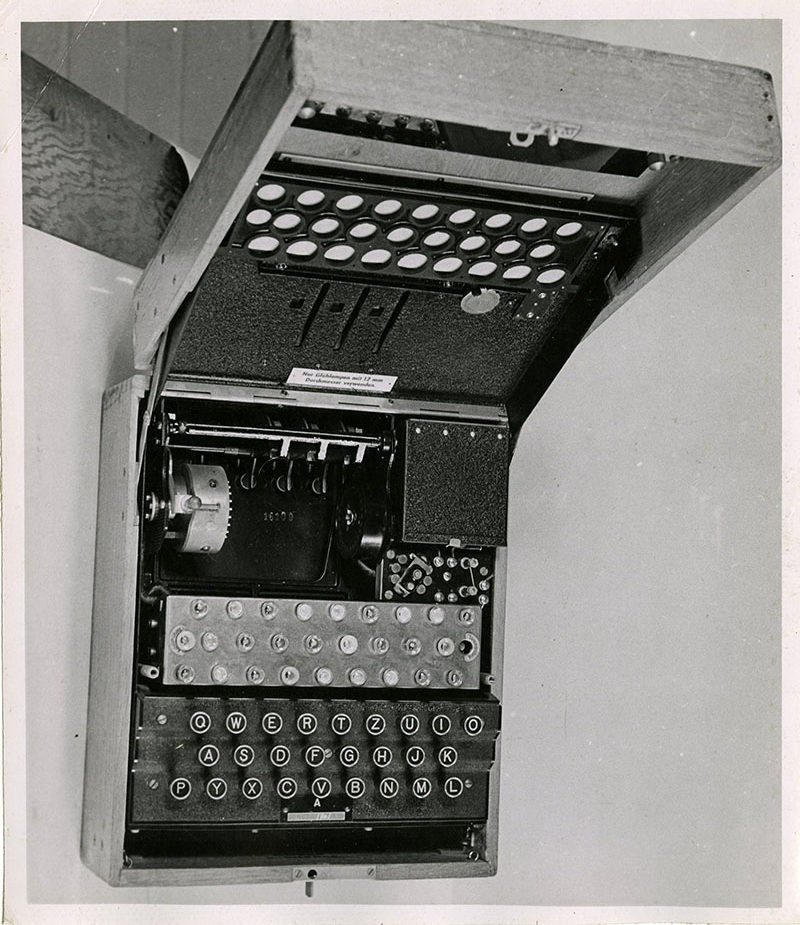
Upon its release, the film received criticism for its many inaccuracies relating to Turing’s work at Bletchley, and to his behaviour and personality. The film was also criticised for downplaying his sexual orientation, and exaggerating his more disagreeable personality traits to enhance drama in the film. Writers at the Guardian, Time, The New Yorker and many other publications have delved further into these inaccuracies for those who are interested.
Despite the liberties taken by the filmmaker, the movie is a good jumping-off point for learning about one of England’s most significant historical figures and provides a necessary, if disheartening, depiction of the mistreatment of gay people at this time.
Many documents connected to Turing’s work during the Second World War were destroyed for the purposes of national security, and some, such as his two papers on statistical theory, ‘Statistics of Repetitions’ and ‘The Applications of Probability to Cryptography’ were deemed so sensitive and relevant that they were only released by GCHQ in 2012. Still, The National Archives holds important documents relating to Turing, from which much can be learnt.
As early as November 1939, Turing and his colleagues Peter Twinn, Gordon Welchman and John Jeffreys were convinced that the only way to decipher Enigma naval messages would be ‘the machine now being made at Letchworth, resembling, but far larger than, the Bombe of the Poles (superbombe machine)’ (HW 14/2). Luftwaffe messages were not as intricately enciphered and would only require a normal bombe.
The Polish bomba kryptologiczna (cryptologic bomb), designed by mathematician Marian Rejewski in 1938, had been built to mechanise the deciphering of German enigma-encoded messages. It was able to crack the position of the wheels in the enigma machine, their settings and the configuration of the plugboard. In 1939, the Poles had turned everything over to Britain and France, and it is their work that Turing and Welchman used to develop their own version of the machine.
The first British Bombe, called Victory, was delivered to Bletchley in March 1940, for the sole use of Turing and his Hut 8 colleagues in their endeavour to break Naval Enigma messages (HW 3/164).
Machines, however, were not enough. Human expertise was needed, not only to operate them, but also to obtain the ‘cribs’ (sections of deciphered text with the corresponding enciphered version) without which the machines would have been useless. This required excellent knowledge of the very specific German military jargon and of the various German Operators’ idiosyncrasies.
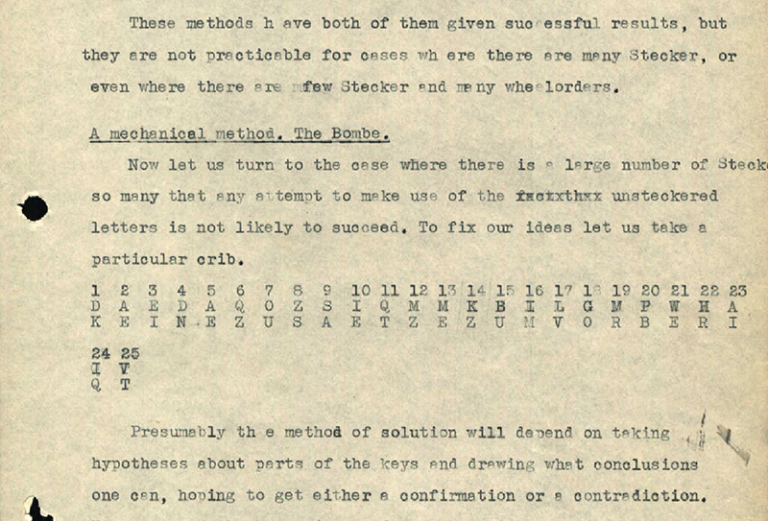
Documents held at The National Archives also tell of other aspects of Turing’s war. While he didn’t design the Colossus, the very first programmable digital computer, used to break to Lorenz cipher (codename: Tunny), his work on probability in cryptanalysis proved invaluable in the building of the machine (HW 25/4-5).
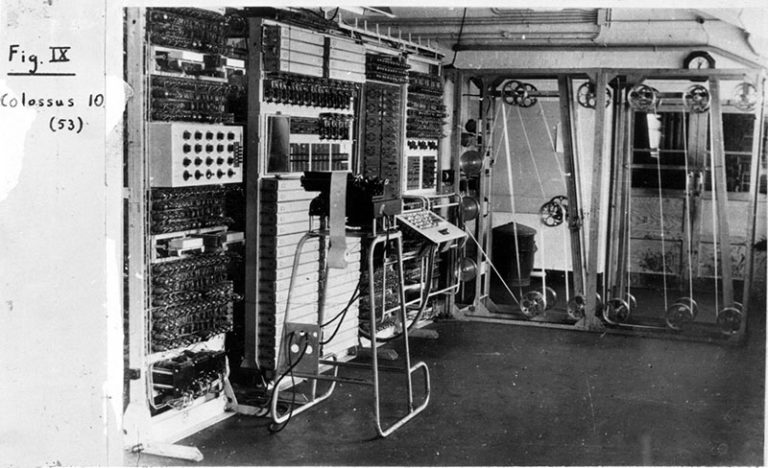
Turing also spent some time designing codes as well as breaking them, and worked at Hanslope Park on Delilah, a portable device that could encipher a voice message (HW 25/36).
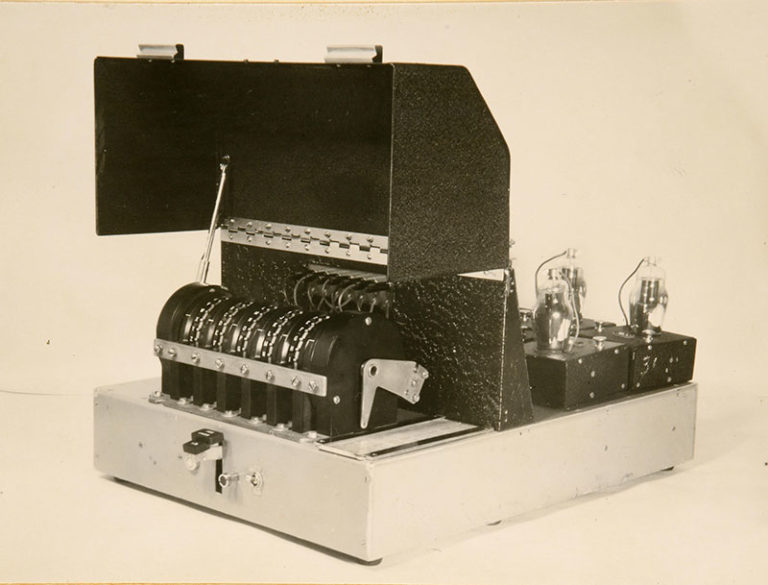
Turing may have been a mathematical genius but, like the rest of us, he sometimes had to face more mundane problems. In October 1941, alongside his colleague Gordon Welchman, the head of Hut 6, responsible for breaking army and air force Enigma messages, he wrote to Prime Minister Winston Churchill:
‘Work is being held up, and in some cases is not being done at all principally because we cannot get sufficient staff to deal with it’ (HW 1/155).
Churchill’s response was swift. He noted:
‘Make sure they have everything they want on extreme priority and report to me that this has been done’ (HW 1/155).
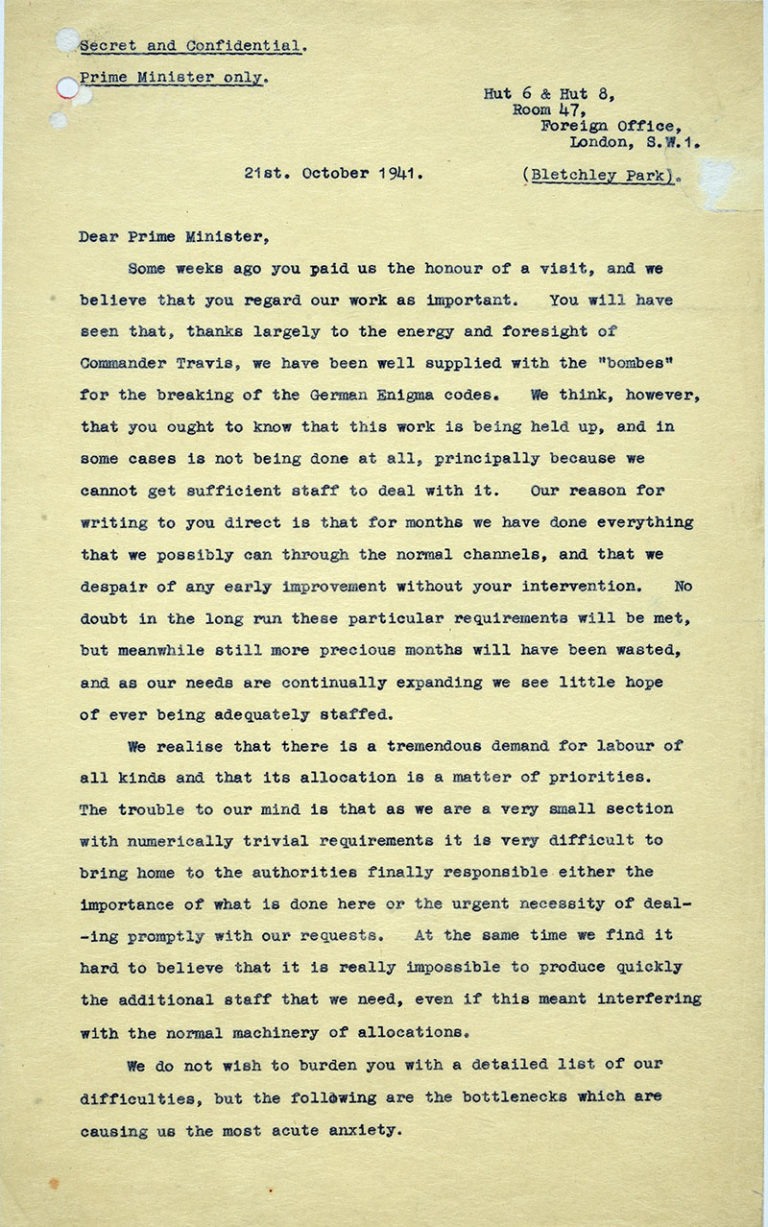
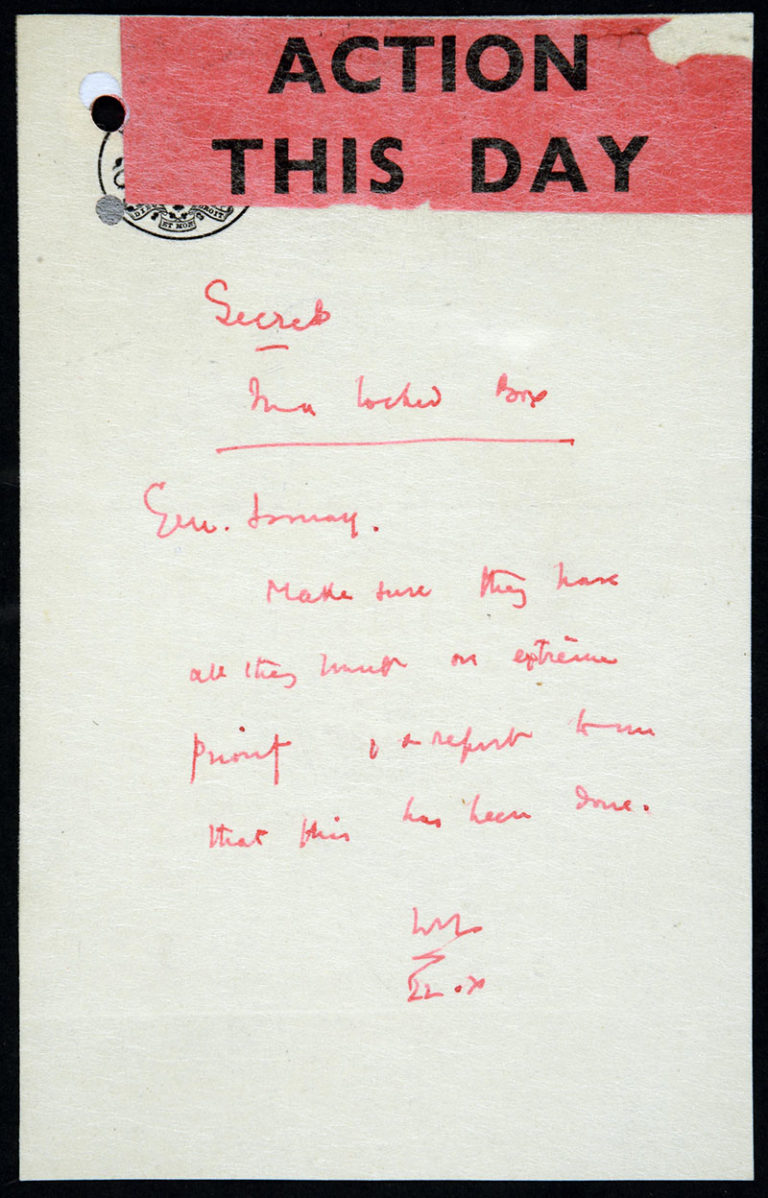
‘The Imitation Game’ is full of compelling scenes that demonstrate Turing’s capacity to think on a higher level and his single-minded determination to crack the Enigma code, qualities that led to him be named the father of modern computer science. The film’s message, repeated by its two main characters, is uplifting: ‘Sometimes it is the people no one imagines anything of who do the things that no one can imagine.’
As his character points out in the film, it is often peoples’ differences and peculiarities that lead them to make new discoveries, and this can be recreated with computers that ‘think’ in a slightly different way. The movie is noteworthy for Benedict Cumberbatch’s performance as Turing, which may not be completely true to life but is certainly moving, and realistically captures both the pressures of his role at Bletchley Park and the personal pain felt because of his oppression.
If you are interested in learning more about Turing and code-cracking, take a look at this blog post on his application of probability.
There were actually four people who petitioned Churchill for more resources. one was Philip Stuart Milner-Barry who later worked in the Treasury.